End-to-end encryption (E2EE) means that only you and the person you're chatting with can read your messages. When you send a message, it's locked using a public key on your device. Only the recipient has the private key to unlock it, keeping your conversation private. This kind of encryption protects your data from hackers and unauthorized access while it travels across networks. It's what makes popular apps like WhatsApp secure. If you're curious about how it enhances your privacy or its implications for law enforcement, you'll find more details on that.
Key Takeaways
- End-to-End Encryption (E2EE) ensures only the sender and recipient can access the content of their messages.
- Messages are encrypted on the sender's device and decrypted only on the recipient's device using unique keys.
- E2EE protects communications from interception, eavesdropping, and unauthorized access during transmission.
- While E2EE secures message content, it does not hide metadata, which can reveal communication details.
- This encryption method fosters user trust by safeguarding privacy and preventing unauthorized surveillance.
Encryption Process Overview
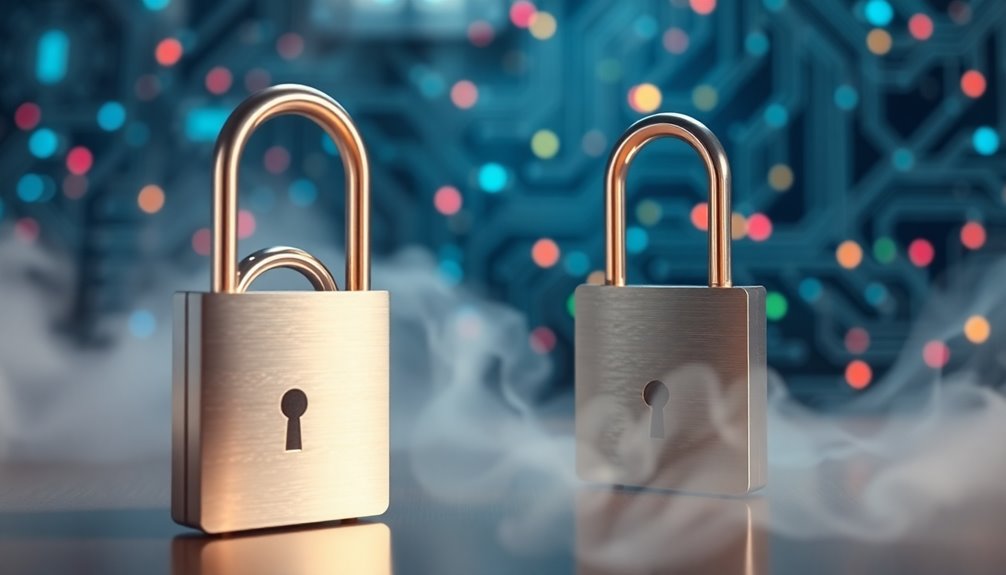
End-to-end encryption (E2EE) ensures that only you and the intended recipient can access your messages.
The encryption process begins on your device, where your message is transformed into encrypted data using a public key to encrypt. This public key can be shared openly, while the private key, essential for decryption, stays on the recipient's device.
As your secure messages travel, they remain scrambled, rendering them unreadable to anyone trying to intercept them, including service providers.
E2EE also employs public key infrastructure (PKI) to verify key legitimacy through certificates.
If a message is altered during transmission, it becomes tamper-proof, ensuring the intended recipient can't decrypt or view the message.
Thus, your communication remains private and secure.
Purpose of End-To-End Encryption

The purpose of end-to-end encryption (E2EE) is to secure your communications, ensuring that only you and the intended recipient can read the messages you send.
By using public and private keys, E2EE protects your privacy and security against malicious actors and unauthorized third parties. When you send encrypted messages, they're scrambled on your device, making it impossible for anyone, including service providers, to access the content without the corresponding key.
This robust security framework is crucial for maintaining data security, especially in sensitive sectors like finance and healthcare.
Additionally, E2EE helps organizations comply with data privacy regulations, ensuring that personal information remains confidential during transmission and safeguarding against potential data breaches.
Data Is Scrambled During Transmission
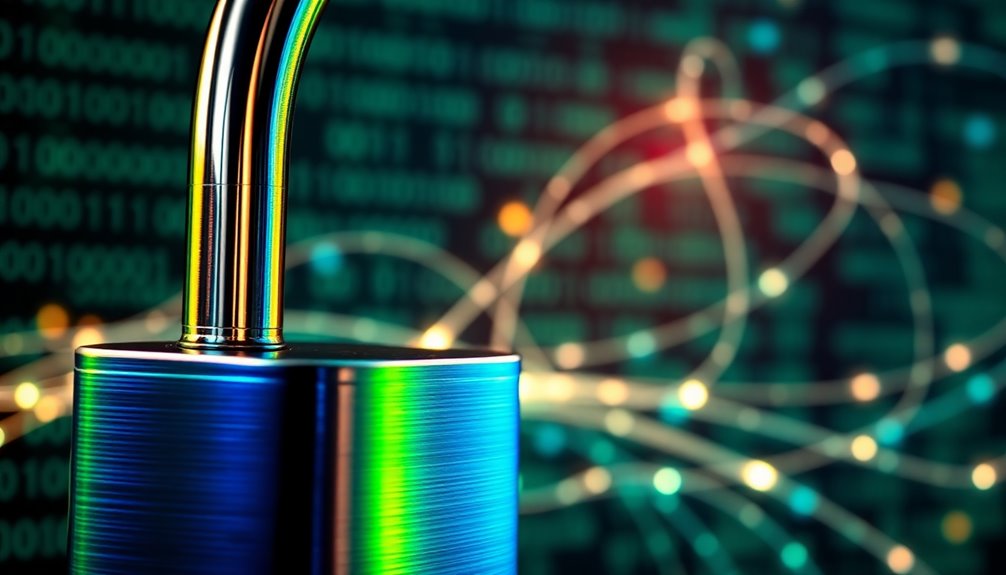
During transmission, your data gets scrambled into an unreadable format, ensuring that unauthorized third parties can't access it. This process is part of end-to-end encryption, where encrypted data is transformed into ciphertext using cryptographic algorithms.
Only the intended recipient can decrypt the message using their unique private key. Each time you send a message, it's encrypted with a different key, which enhances security further. This means that even if one message is compromised, the others remain secure.
Popular apps like WhatsApp and Signal automatically encrypt messages during transmission, requiring no extra steps from you. By encrypting data this way, you protect your conversations from interception and eavesdropping, keeping your communications private and secure.
Pros and Cons Summary
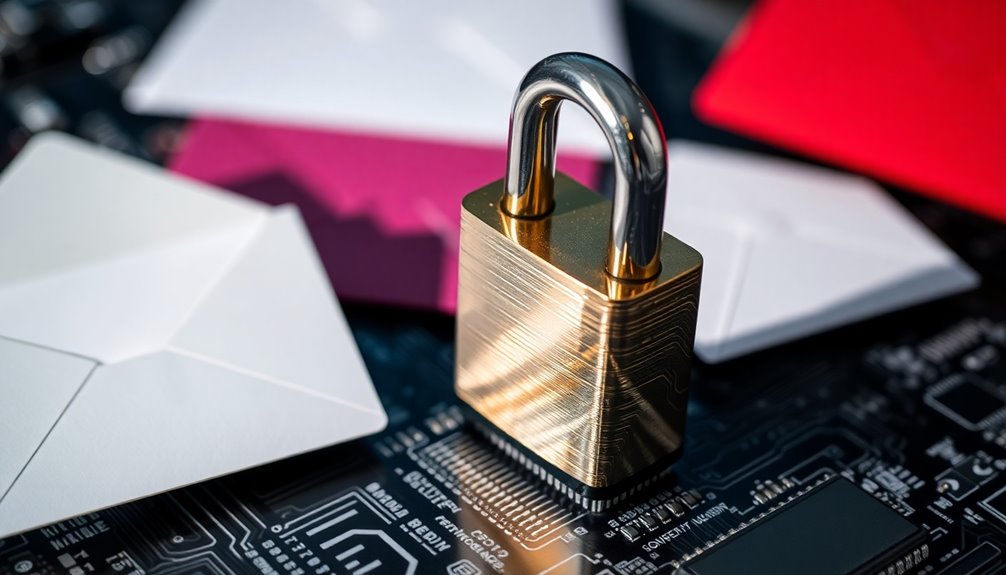
Weighing the pros and cons of end-to-end encryption helps you understand its impact on privacy and security.
On the positive side, E2EE ensures that messages remain confidential between the sender and recipient, safeguarding sensitive data from interception by hackers or internet service providers. This level of encryption boosts user privacy and fosters trust in communication platforms.
However, it doesn't hide metadata, which can still expose communication details. Additionally, if compromised endpoints occur, attackers can access unencrypted messages, undermining the encryption's benefits.
Furthermore, end-to-end encryption complicates the work of law enforcement agencies trying to monitor and investigate criminal activities, raising ongoing debates about balancing privacy and security in our digital age.
Encryption vs. Traditional Communication
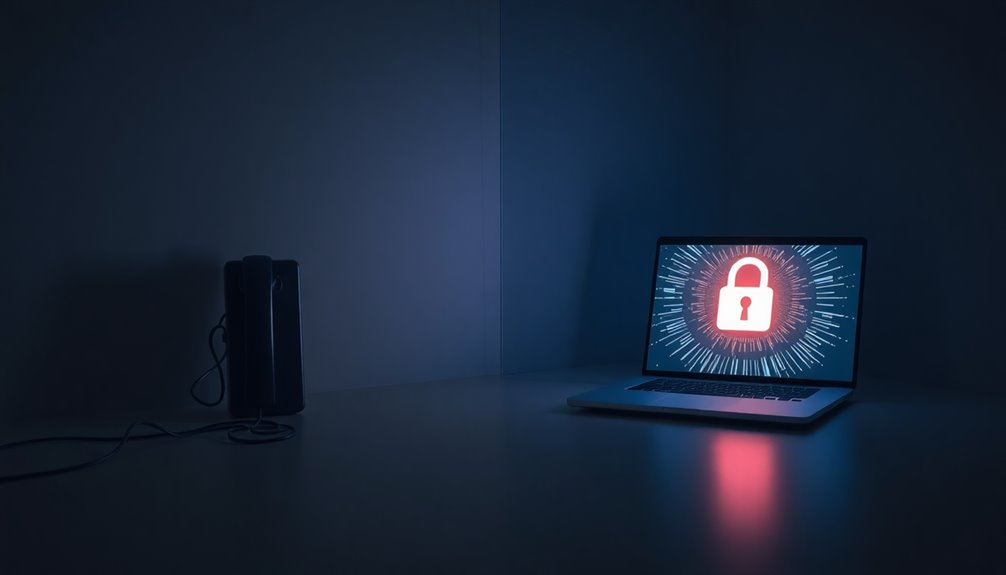
Understanding the differences between end-to-end encryption and traditional communication methods reveals how each approach handles privacy and security.
With traditional communication, your data often gets decrypted by intermediaries, creating vulnerabilities for unauthorized access. In contrast, end-to-end encryption secures your messages so only you and the intended recipient can read them.
It uses a unique pair of keys—a public key for encryption and a private key for decryption—enhancing user privacy. Unlike traditional systems, where service providers might decrypt and monitor your messages, E2EE ensures that even they can't access the content.
This implementation dramatically increases your privacy and security, allowing you to communicate freely without the fear of eavesdropping or surveillance.
User Trust and Privacy Concerns
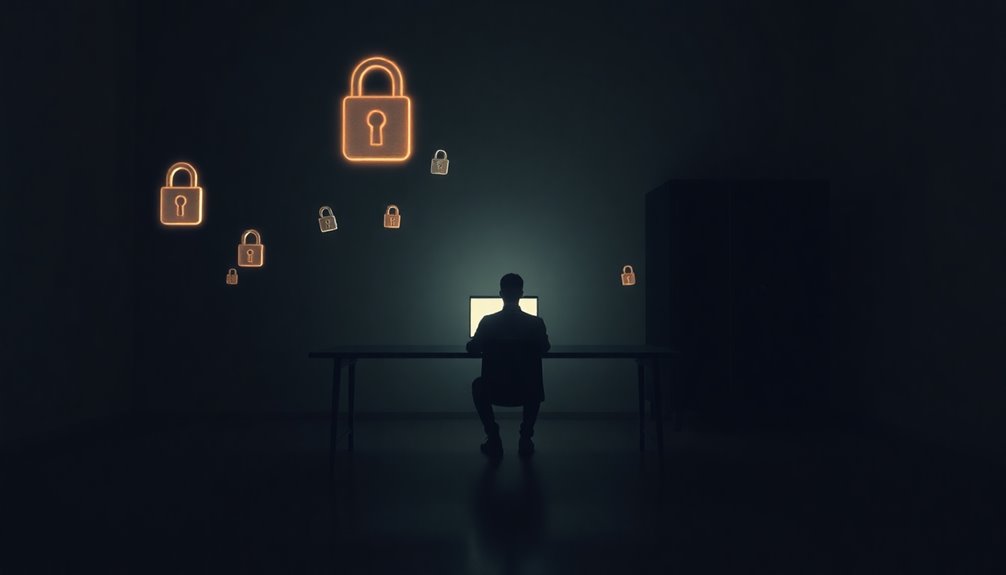
As users increasingly prioritize their privacy, end-to-end encryption (E2EE) has emerged as a crucial component in building trust within digital communication platforms.
By ensuring only the sender and recipient access the message content, E2EE enhances user confidence in secure communications. It effectively prevents unauthorized surveillance and protects against data breaches, addressing significant privacy concerns in today's digital landscape.
While billions rely on apps like WhatsApp and Signal for their secure communications, the technology raises questions for law enforcement agencies regarding potential misuse in criminal activities.
This tension highlights the delicate balance between maintaining user trust and ensuring public safety, as users seek privacy without compromising security.
Ultimately, effective E2EE fosters a safer environment for open expression.
Emerging E2EE Regulations

Emerging regulations around end-to-end encryption (E2EE) are reshaping the landscape of digital privacy and security.
Governments are increasingly concerned about how E2EE hampers law enforcement's ability to monitor criminal activities, particularly regarding child abuse. The Five Eyes alliance advocates for backdoors in encrypted communications, arguing that it's vital for investigations.
Countries like Japan, India, and Brazil are considering stricter E2EE regulations to ensure access to crucial data. Meanwhile, the European Union's proposed regulations could mandate client-side scanning for illegal content, raising alarms about privacy rights.
This ongoing debate underscores the tension between ensuring user privacy in private messages and the need for effective content moderation to support law enforcement efforts.
Use Strong, Unique Passwords
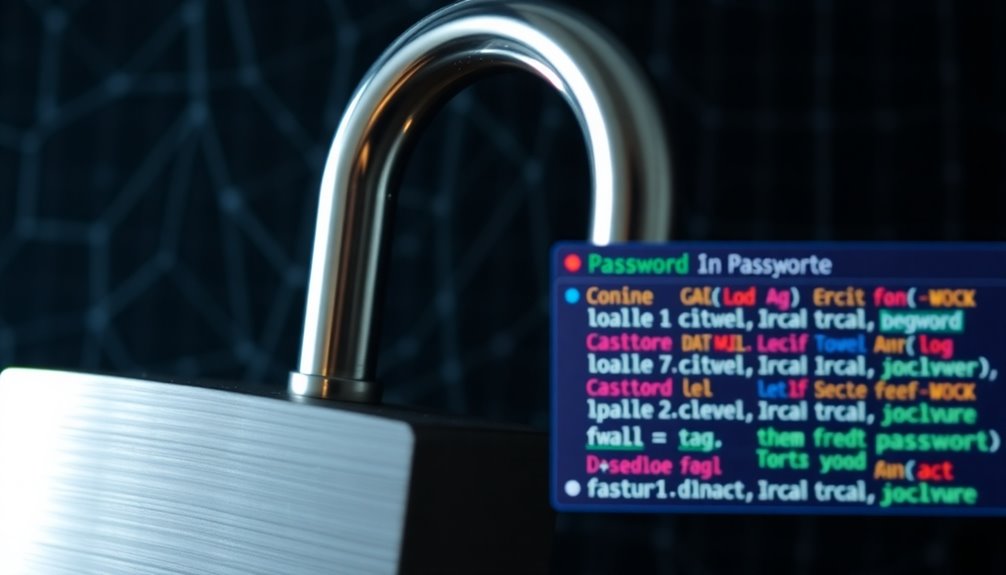
With the increasing focus on digital privacy and security, especially in light of evolving E2EE regulations, it's more important than ever to protect your personal information.
One of the best ways to do this is to use strong, unique passwords for each of your accounts. Over 80% of data breaches involve weak or stolen passwords. A strong password should have at least 12 characters, mixing uppercase, lowercase, numbers, and symbols.
To keep track of these, consider using a password manager, which generates and stores complex passwords securely. Additionally, implementing multi-factor authentication (MFA) provides an extra layer of security, requiring further verification beyond just your password.
Frequently Asked Questions
Should End-To-End Encryption Be on or Off?
You should definitely keep end-to-end encryption on. It protects your messages, ensuring only you and the person you're communicating with can read them.
If you turn it off, you risk exposing your conversations to hackers or even the service provider. Think about your privacy and the sensitive information you share.
By maintaining encryption, you safeguard your personal data and keep your communications secure from unauthorized access.
Always prioritize your digital safety!
How Do You Know if Someone Is Using End-To-End Encryption?
Imagine sending a secret message, feeling the thrill of knowing it's safe from prying eyes.
To know if someone's using end-to-end encryption, look for that reassuring lock icon or an "encrypted" label in your messaging app. You can even verify the encryption status through unique security codes or QR codes shared between you.
Check the app's privacy settings, too—these features ensure your conversations remain a private haven amid a noisy digital world.
What Will Happen if I Turn off the End-To-End Encryption?
If you turn off end-to-end encryption, your messages become accessible to intermediaries like service providers.
This means hackers or even government agencies could potentially intercept your communications, putting your privacy at risk.
You might also lose the peace of mind that comes with knowing only you and your recipient can read the messages.
Additionally, the service provider may step in to moderate content more easily, which could impact your communication freedom.
What Does It Mean Calls Are End-To-End Encrypted?
When calls are end-to-end encrypted, it means only you and the person on the other end can access and understand the conversation.
Even if someone intercepts the data while it's being transmitted, they won't be able to read it without the correct keys.
This level of security protects your privacy from hackers and unauthorized surveillance, ensuring your voice or video chats remain confidential and secure.
You can communicate freely without worrying about eavesdroppers.
Conclusion
In a world where your secrets could be pried open by anyone, end-to-end encryption is like having a digital fortress around your most private thoughts! It keeps nosy neighbors, cyber snoops, and even your tech-savvy cat from peeking in. By using E2EE, you're not just protecting your data; you're declaring your independence from prying eyes! So, lock it down tight—your digital life deserves nothing less than the ultimate security shield! Trust us, you'll be glad you did!








